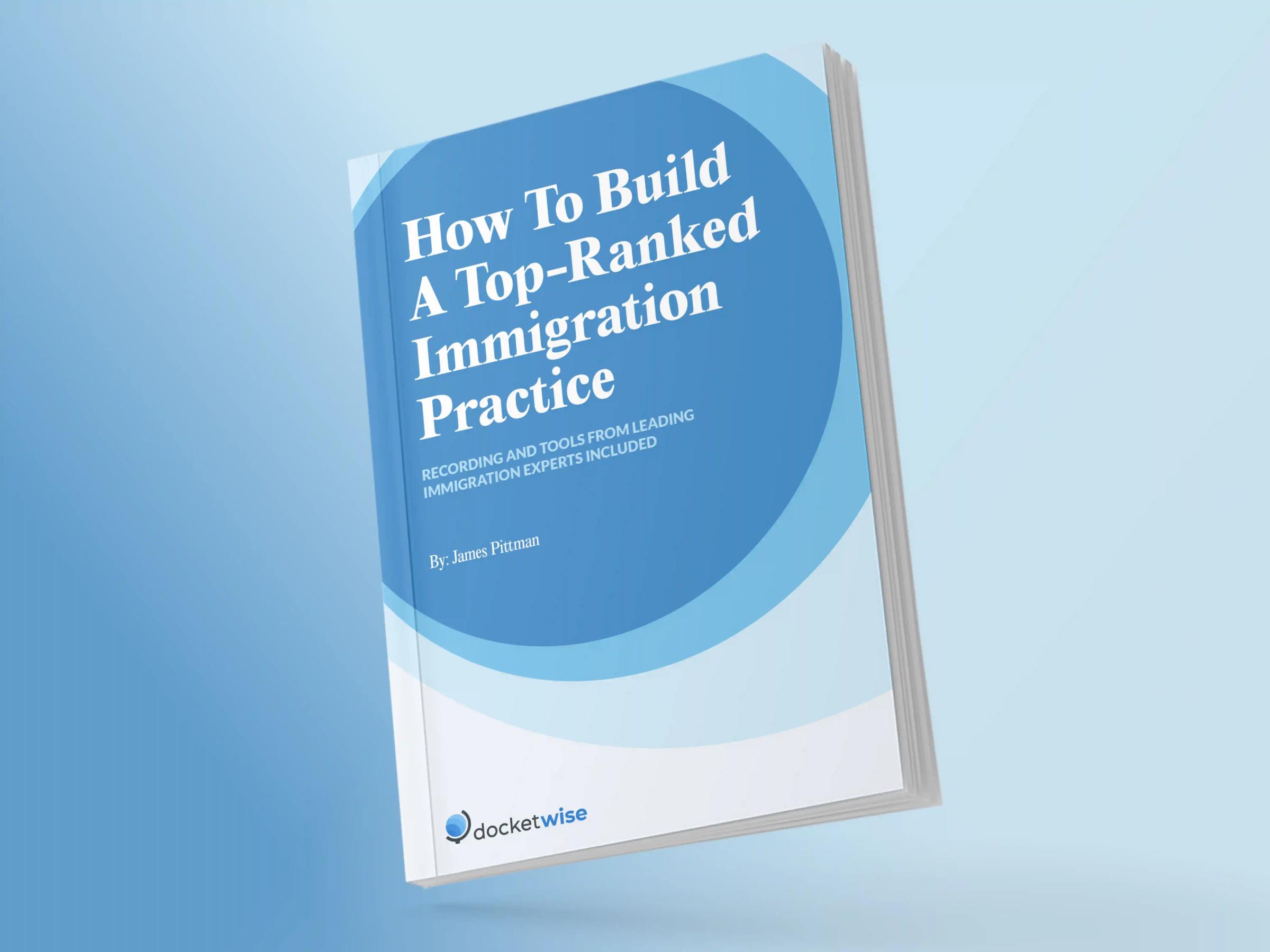The U.S. Citizenship and Immigration Services (USCIS) decided to hold a second H-1B lottery for the fiscal year 2025 to meet the annual visa cap.
This decision was made because the first H1-B lottery results didn’t produce enough successful petitions to fill the regular cap of 65,000 visas. Several factors have contributed to this shortfall, including some selected applicants not filing petitions, others withdrawing their applications, and some being rejected due to errors or eligibility issues.
Overview of the H-1B Process
The H-1B visa process starts when employees submit registrations during a designated period. If selected, the employer can then file an H-1B cap-subject petition using Form I-129. This petition must include documents verifying the beneficiary’s qualifications and job details. Common forms in the H-1B process include:
Form I-129: Petition for a Nonimmigrant Worker
Form I-907: Request for Premium Processing (optional)
Form I-797C: Notice of Action, confirming USCIS has received the application
For lawyers helping employees, it is of utmost importance to ensure all required documents are accurately prepared and submitted on time. This includes verifying that the job position meets the H-1B requirements, such as being a specialty occupation requiring specialized knowledge and at least a bachelor's degree or its equivalent. Additionally, lawyers must keep track of deadlines and respond promptly to any Requests for Evidence (RFEs) issued by USCIS to avoid delays or denials. Providing thorough guidance throughout the process helps increase the chances of a successful H-1B petition and protects the interests of both the employer and the employee.
Why a Second Lottery Was Needed
How does the H-1B lottery work if all registrations are not filled? In a nutshell, to handle potential gaps, USCIS typically selects more registrations than needed in the initial lottery. However, if the number of filed petitions still falls short, a second lottery is needed to ensure the cap is reached.
During this second lottery, USCIS picked additional applicants from those not selected initially. This effort focused on filling the 65,000 slots under the regular H-1B cap since the 20,000 visas reserved for advanced degree holders (master’s cap) were already filled with the initial H1-B lottery results. In total, for the H-1B 2025, about 442,000 registrations were submitted for FY 2025, and 114,017 beneficiaries were selected in the first lottery, representing roughly 25.8% of the total. Due to the shortfall from non-filings, withdrawals, and denials, a second lottery was conducted to meet the H-1B cap for FY 2025. Selected petitioners from this second round have until November 7, 2024, starting August 8, to submit their H-1B cap-subject petitions, ensuring that all available visas are issued.

Employers whose registrations were selected in the H1-B second lottery received notifications through their USCIS online accounts, and the lawyer they work with will inform them. These employers are given a 90-day period to file complete H-1B cap-subject petitions, including all necessary forms and supporting documents, to move forward in the process.
This second lottery ensures that the H1-B lottery 2025 cap is fully met, providing more opportunities for employers to secure skilled foreign workers. By holding a second selection round, USCIS helps balance the needs of U.S. employers and the availability of H-1B visas, supporting the ongoing demand for specialized talent in various industries.
Best Practices for Managing the H-1B Process After a Second Lottery
For immigration lawyers, following best practices can ensure that petitions are handled efficiently and effectively. Here’s a guide to help you manage your clients' H-1B cases with precision and care:
1. Stay Updated on Case Status and Notifications
Immigration lawyers should frequently check the USCIS online system for updates on their clients' case statuses. After registration is selected in the second lottery, the status in the employer's MyUSCIS account will change from “Submitted” to “Selected.” It’s vital to act quickly upon receiving this notification to ensure that the petition is filed within the 90-day deadline.
2. Prepare Documentation Ahead of Time
Having all necessary documents ready before the second lottery results are announced can save valuable time. Lawyers should prepare Form I-129 (Petition for a Nonimmigrant Worker) and gather other required documents, such as evidence of the beneficiary’s qualifications and employer information. Being prepared allows for a swift response once the selection notice is received.
3. Use Reliable Case Management Tools
Using effective case management software is crucial for tracking deadlines, managing client communication, and organizing documents. These tools can send automated reminders about key dates, like the filing deadline, and help lawyers keep a clear overview of all ongoing cases. This is particularly helpful when managing multiple cases selected in the second lottery.
4. Ensure Accuracy and Compliance
It’s critical to ensure all details in the petition are accurate and match the information provided in the registration. Lawyers must double-check all documents to make sure they comply with USCIS requirements. Any discrepancies can lead to rejections or delays, which could prevent the beneficiary from starting work as planned.
5. Communicate Proactively With Clients
Maintaining clear and proactive communication with clients is essential throughout the H-1B process. Keep clients informed about their registration status, updates from USCIS, and the next steps they need to take. This ongoing communication helps build trust and ensures clients understand any responsibilities they may have, such as providing additional documentation.
6. Monitor Policy Changes and Updates
Stay informed about any changes in immigration policies or new announcements from USCIS that could affect the H-1B process. Being aware of these changes allows lawyers to provide accurate advice to clients and adjust strategies as needed. Immigration policies can change rapidly, and being prepared to adapt can significantly impact the success of H-1B petitions.
H1-B Lottery 2026 Predictions
The demand for H-1B visas is expected to remain high in 2026, driven by the ongoing need for skilled workers in fields like technology, engineering, and healthcare. This high demand may lead to both initial and second lottery rounds once again. To maintain the integrity and fairness of the lottery, USCIS will likely continue using measures such as requiring valid passport information for each applicant and focusing on a beneficiary-centric selection process.

How Immigration Lawyers Can Prepare
Immigration lawyers have to keep their fingers on the pulse and be reactive. Here’s how they can do that.
Stay Updated on Policy Changes: Immigration policies and procedures can change regularly. Lawyers need to stay informed about any new rules or announcements from USCIS. Knowing about changes like stricter documentation requirements or a shift to a beneficiary-centric process will help in preparing more accurate and compliant applications.
Prepare Documentation Early: Starting early is key. Lawyers should ensure that all necessary documentation, including Form I-129 and other required forms, is complete and accurate well before the registration period. This readiness allows for quick adjustments in response to any new USCIS requirements.
Educate Clients on Compliance: It's essential for lawyers to educate their clients on meeting USCIS requirements. This includes maintaining accurate employee records, ensuring job descriptions and salaries align with prevailing wages, and adhering to all filing guidelines. Educating clients helps reduce the risk of petition denials.
Utilize Case Management Tools: Effective case management software can make a significant difference. These tools help lawyers manage multiple applications, track deadlines, and keep communication with clients organized. They provide automated reminders and help ensure that all paperwork is in order, making the application process smoother.
Additional Considerations for 2026 H-1B Applications For Lawyers
Lawyers should also consider alternative visa options for clients who may not be selected in the H-1B lottery. Options like the L-1 visa for intracompany transfers, the O-1 visa for individuals with extraordinary abilities, or the TN visa for professionals from Canada and Mexico under NAFTA might be viable alternatives. Assessing each client’s circumstances will help determine the best visa option for their needs.
Docketwise for Immigration Lawyers
In 2024, Docketwise rolled out new e-filing features to make following the H1-B application deadline 2025 and the registering process smoother for immigration law firms. Now, forms like ETA-9045 and ETA-925 can be filed directly through Docketwise, integrating seamlessly with USCIS and the Department of Labor systems. This helps law firms save time, perform a thorough status check, and minimize errors, making the application process more efficient.
By 2026, we plan to introduce a new feature allowing immigration lawyers to complete the entire H-1B registration process within the Docketwise platform. This will streamline everything from initial registration to final petition filing, offering a one-stop solution for managing all H-1B cases.
To see how Docketwise can boost your firm's efficiency, schedule a demo today. These features are designed to help immigration lawyers deliver the best possible service to their clients, making case tracking and management simpler and more effective.
Conclusion
The H1-B Results 2025 show that there's still a high demand for skilled foreign workers. As things stand, because some selected applicants didn't file their petitions, USCIS held a second lottery to meet the visa cap for FY 2025. Employers selected in this second round have until November 7, 2024, to file their petitions, making sure all the visas are used. Looking ahead to H-1B 2026, it's important for employers and immigration lawyers to stay ready and informed. Keeping up with the latest rules, using the right tools, and following best practices will be key to successfully navigating the H-1B application process and securing the talent needed for growth.
Unlock Your Success as an Immigration Lawyer.
Download Now
About the author

Justin FisherContent Writer
Justin Fisher is a content writer and SEO strategist for leading legal software companies, including MyCase, Docketwise, and CASEpeer. He specializes in writing about emerging legal technology, financial wellness for law firms, and more.
